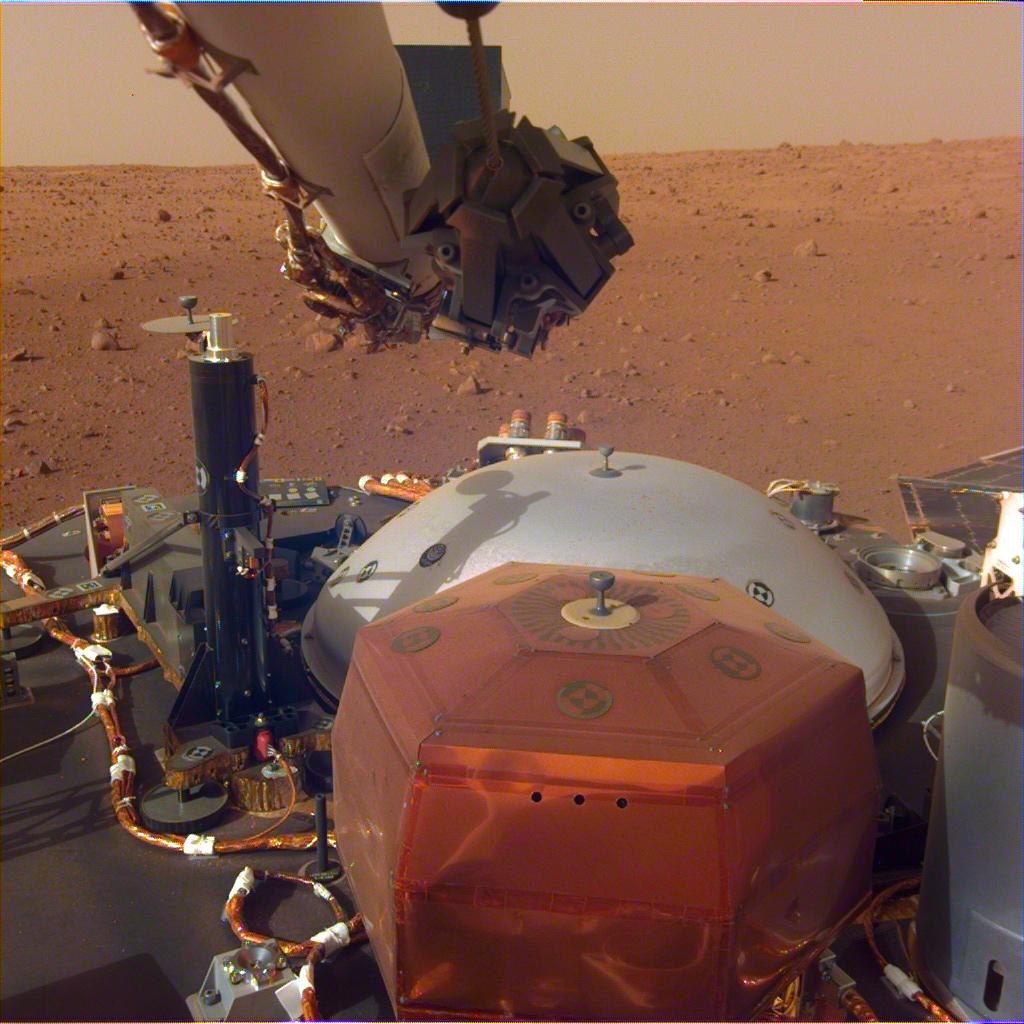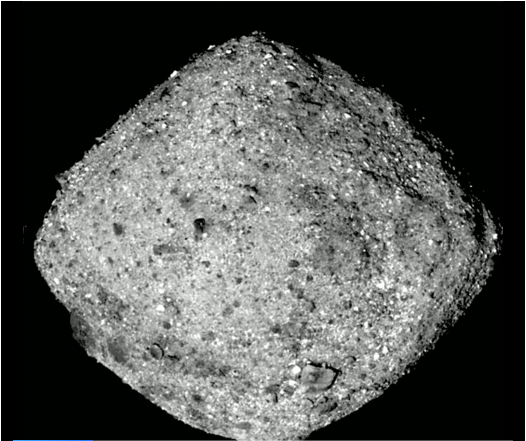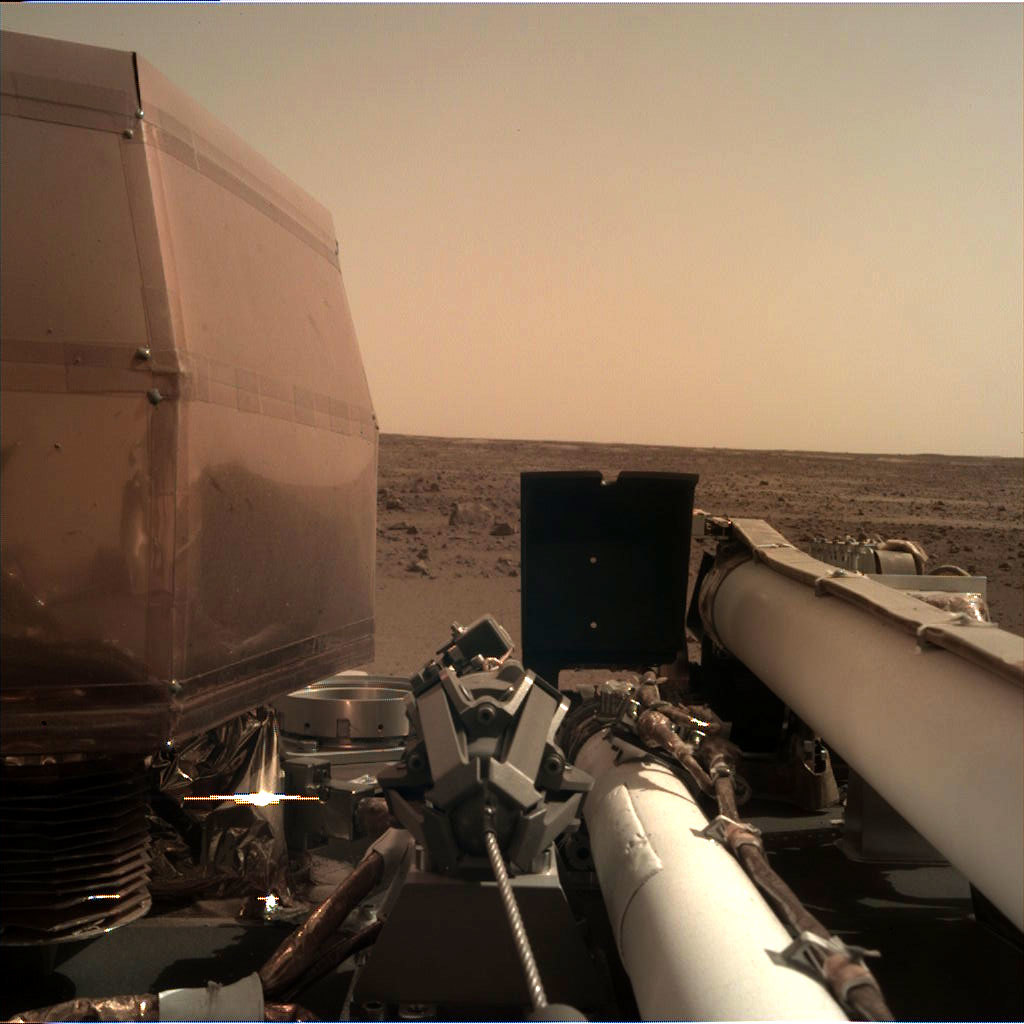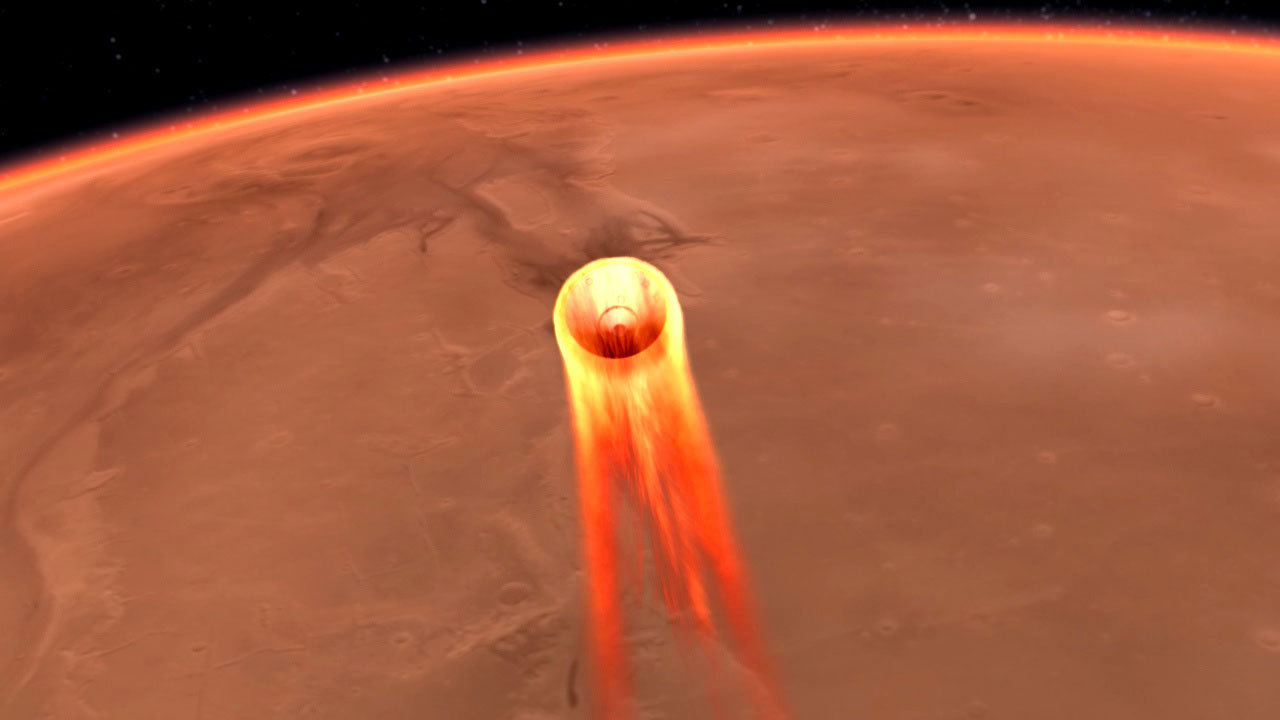Just two weeks ago, NASA’s Interior Exploration using Seismic Investigations, Geodesy and Heat Transport (InSight) lander touched down on the surface of Mars. In the hours that followed, mission controllers at NASA-JPL received confirmation that the lander had deployed its solar arrays and was commencing scientific operations.
And in what was sure to be a treat for space exploration enthusiasts, the lander recently provided the first ever experience of what it “sounds” like to be on Mars. The sounds were caught by an air pressure sensor inside the lander and the seismometer instrument that is awaiting deployment to the surface. Together, they recorded the low rumble caused by Martian winds that blew around the lander’s location on Dec. 1st.
Continue reading “InSight Uses its Seismometer to “Hear” the Sound of Wind on Mars”










